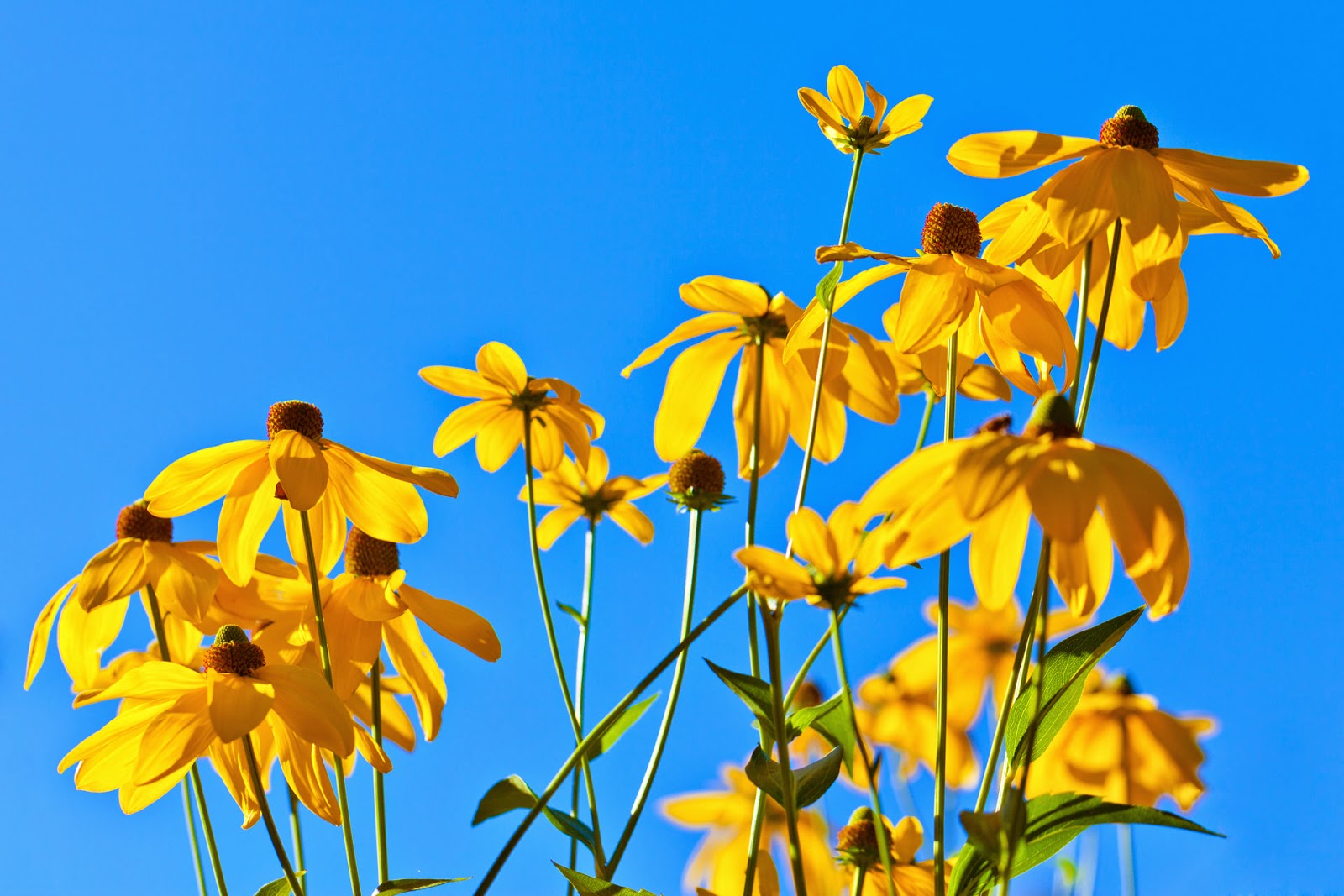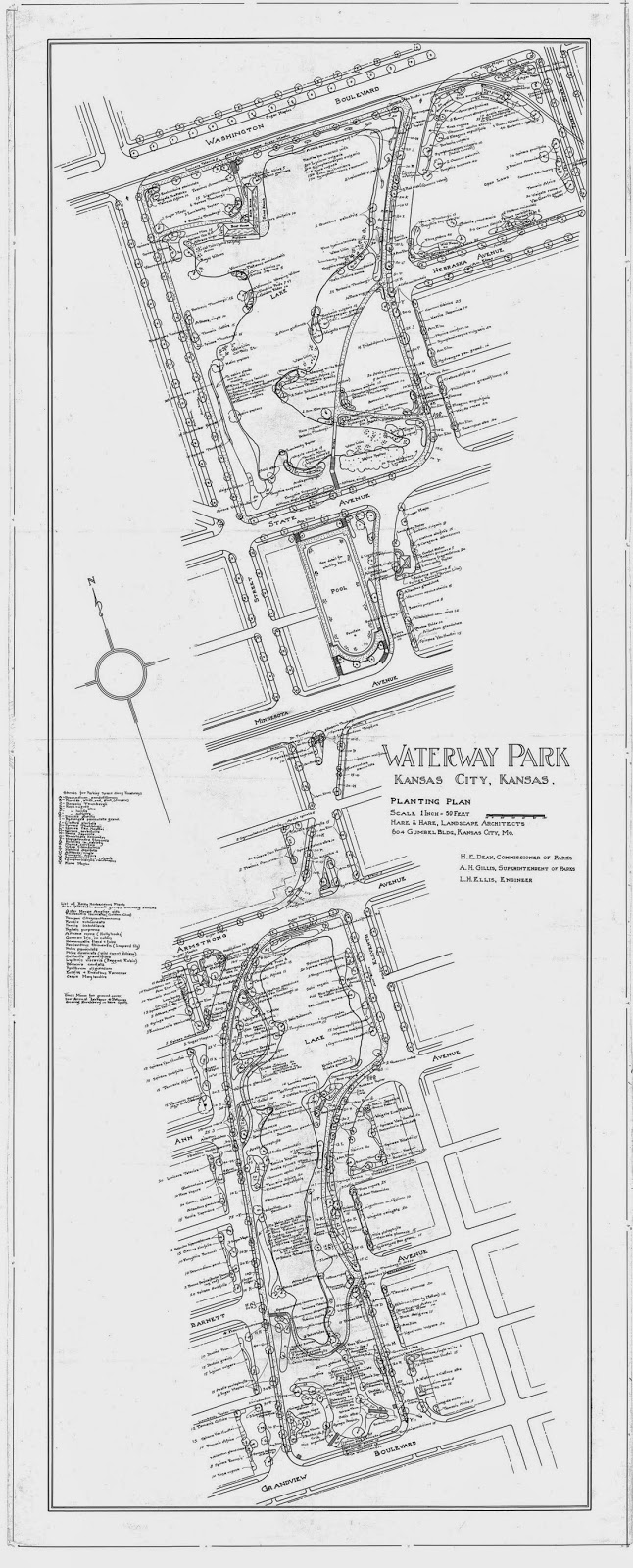OK, so maybe they're not the Christmas lights we used to have, but the new LED streetlights that were recently installed on several blocks downtown are still pretty impressive.
LED2 ("LED squared") Lighting Group (Facebook) recently bought the building at 600 Minnesota (what some of us knew as the "Jupiter Building" growing up) and have set up shop there.
 |
| The new office for LED2 Lighting Group in downtown KCK. |
I had a great conversation recently with Martin Zhang and Kevin Thomas of LED2 and they gave me some background on their company and on why they believe the switch to LED lighting makes sense.
Martin founded the company in 2011 after he learned LED technology through a college project where he created a large LED display. He was impressed with the potential applications of LED lighting and grew a company to manufacture and distribute LED arrays.
Martin said that his vision is to also create an assembly line facility in Kansas City, Kansas so that the company can both assemble and sell their products locally.
The company recently donated 94 LED fixtures for existing downtown light poles. The Unified Government paid to have them installed and we can all see for ourselves how LED lighting looks on city streets.
 |
| Here's one of the new LED lights installed on an existing pole near 5th and Minnesota. |
The company can sell completely new fixtures with LED technology or retrofit older existing fixtures by custom designing and manufacturing an LED array. They make products for a wide variety of interior and exterior applications. Besides streetlights, they have lighting arrays that work in settings from churches to offices to warehouses to restaurants and retail spaces.
Martin and Kevin stressed that they want to work with their customers and educate them on lighting and energy saving. They said that they know they have a quality product, but they don't want to just sell it and then walk away.
 |
| This picture and the one below show the familiar "upside down dome" shape of our current streetlights. |
Most (if not all) of the streetlights in Wyandotte County are are currently outfitted with "high pressure sodium" (HPS) type lamps. Across the country, city after city is replacing their old HPS lamps with new light emitting diode (LED) type lamps.
 |
| Here's a picture of the new LED lamp with an array of light emitting diodes. |
Martin and Kevin told me that the cost is similar to purchase and install the two different types of lamps. However, there are some differences that could tip the scale in favor of LED across the city.
LED lamps are estimated to last three times longer than HPS. Some sources suggest a 15-17 year lifespan for LEDs assuming the light is on for 10-12 hours per day. This compares to a 5-6 year life for a HPS lamp with an even shorter lifespan for the "ballast" that provides the proper electricity to energize the HPS fixture.
In addition to longer life, the cost of operating LED lamps can be 40-50% less than the cost of operating HPS.
The city of Los Angeles began a project in 2009 to convert all 210,000 streetlights in the city to LED and have documented a 63% savings so far in cost of operation (see "Los Angeles Saves Millions With LED Street Light Deployment").
One of the most noticeable differences between the old HPS and the new LED is that the light from the LED arrays tends to be a little more "blue - white" compared to the more amber color of many of the older HPS lights. Here's a before and after photo from the city of Santa Rosa, California comparing HPS with LED.
 |
| http://srcity.org/departments/publicworks/streetlight/Pages/default.aspx |
The light from LED arrays can be aimed a little more than HPS lights, so LEDs tend to shine more "down" and less "out". This tends to reduce what some people see as glare from HPS streetlights and it tends to cut down on "light pollution" (light that is scattered around and above the street lamps themselves).
Although there is still debate about cause and effect, some authors have written about a correlation between better street lighting and a reduction in crime (see, for example, "The Crime Reducing Effect of Improved Street Lighting: The Dudley Project").
So... walk or drive downtown some evening and let me know what you think of the new lights.
~ Brian
Email: bmckiernan@wycokck.org
Like my page on Facebook: http://on.fb.me/1IFI5qv
Follow me on Twitter: @bmckiernan_ug2






